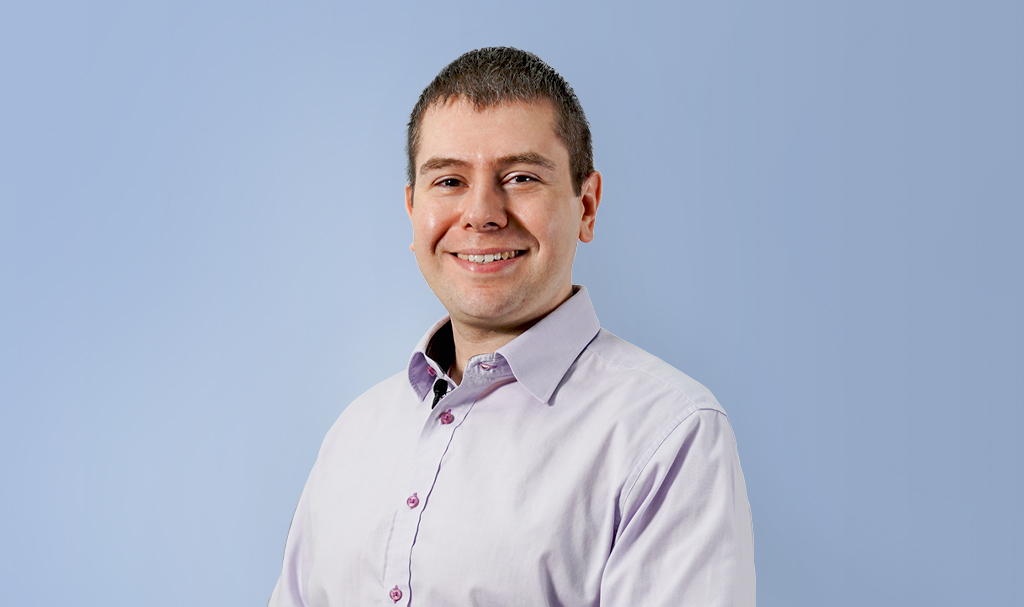[ad_1]

AsianScientist (Jan. 29, 2021) – At the third meeting of the United Nations General Assembly in 1948, health and healthcare were declared a basic human right along with the right to dignity, freedom and religion.
Despite this, seven decades on, only a lucky few benefit from developed healthcare infrastructure and accessible medical services. Across low-income countries in the Asia-Pacific region, almost half of the total health expenditure is shouldered by households, straining already-struggling families.
When it comes to getting common diagnostic tests done, the situation is even more dire. Consider the case of computed tomography (CT) scans, which are used to screen for tumors or internal injuries. While Japan possesses more than 110 CT scanners per million population, emerging Asian countries like Laos and Myanmar have less than one per million population.
As a former healthcare management consultant, Dr. Joseph Mocanu was keenly aware of Asia’s collective lack of access to affordable quality healthcare. Drawing on his experience as an angel investor, Mocanu founded Verge HealthTech Fund in 2018—the first seed-stage venture capital fund dedicated to making healthcare more efficient and equitable in emerging Asian countries.
“I could not find a fund that invested in early-stage technologies focused on solving serious healthcare problems in Asia and came to the realization that I had to start my own,” he said.
According to Mocanu, what sets the fund apart is its willingness to invest even at the companies’ earliest stages. Typically, angel investors and venture capitalists are intimidated by the technical and regulatory uncertainties, unproven business models and long development timelines. However, Mocanu finds that a hands-on approach to guide founders from the beginning helps ease the process and reduce the risk.
One example is AKUOS—designers and manufacturers of digital hearing aids that take the form of stylish eyeglasses. The discreet device translates sound from the environment into physical vibrations that go directly into your skull, functioning as non-invasive hearing aids. The team’s drive, technical expertise and receptive attitude drew Mocanu to AKUOS.
“We need to be able to add value, share values and get along with the team personally,” he explained. “It’s a long journey—kind of like a marriage when you think about the time horizons involved.”
From smart Bluetooth thermometers for fever and fertility monitoring and glucose levels to AI-powered digital stethoscopes, the Verge HealthTech Fund team looks for startups with products that solve unmet needs across emerging Asian markets.
Despite being quite early in its journey, reach52 is another Verge-funded startup that is already delivering impact. As suggested by its name, the company’s goal is to provide healthcare to the remaining 52 percent without access.
By providing resources like tablets and phones, reach52 empowers rural community workers in South and Southeast Asia to perform everything from health screenings, remote care, medicine delivery and even the distribution of low-cost health insurance.
“They are literally creating a health system where none exists today, and you can’t get more impactful than that,” enthused Mocanu.
Indeed, in just three short years, reach52 has already brought healthcare to 55,000 people in the Philippines and Cambodia. But Verge’s strides in making accessible healthcare a reality is just the beginning.
Despite the devastating impacts of COVID-19, the pandemic has uncovered numerous opportunities for innovation. In an increasingly digital world, new healthcare technologies like telemedicine apps and home health monitoring devices are filling the void left by the absence of in-person consultations and medical checkups.
“There is a new normal that will come after COVID subsides,” concluded Mocanu. “The Pandora’s box has been opened; naysayers who said that telemedicine couldn’t be done en masse are now eating their words. The requisite financing models and data systems are catching up quickly to support it sustainably.”
———
Copyright: Asian Scientist Magazine.
Disclaimer: This article does not necessarily reflect the views of AsianScientist or its staff.
[ad_2]
Source link